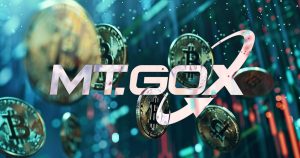What is Web3? Basic’s

Web3, often referred to as the third generation of the internet, represents a significant shift in how we interact with online content and services. It’s a term that encapsulates a new, decentralized version of the web, which leverages blockchain technology, cryptocurrency, and token-based economics.
Key Characteristics of Web3
Decentralization
- Peer-to-Peer Networking: Web3 operates on a decentralized network of computers rather than relying on centralized servers. This reduces reliance on any single point of control or failure.
Blockchain Technology
- Secure and Transparent: Blockchain, the backbone of Web3, ensures secure and transparent transactions. It enables trustless interactions, meaning users can interact directly without needing a trusted middleman.
Token-Based Economics
- Cryptocurrencies and NFTs: Web3 incorporates digital assets like cryptocurrencies and non-fungible tokens (NFTs), allowing for new forms of online transactions and value exchange.
Enhanced User Control and Ownership
- Data Ownership: Users have more control over their data in Web3. Instead of large corporations owning user data, individuals maintain ownership and control.
The Impact of Web3
Changing the Internet Landscape
Web3 is poised to change how we experience the internet. It could lead to more user-centric models of online interaction, where users have more control and power over their online presence and data.
Potential for Decentralized Applications (DApps)
- Innovative Applications: The use of blockchain allows for the development of decentralized applications (DApps) that operate without centralized control, potentially leading to more secure and resilient online services.
Web3 represents an exciting and significant evolution of the internet. It promises a more decentralized, secure, and user-controlled online world, driven by advancements in blockchain technology and a shift towards token-based economies. #TOGRP7





